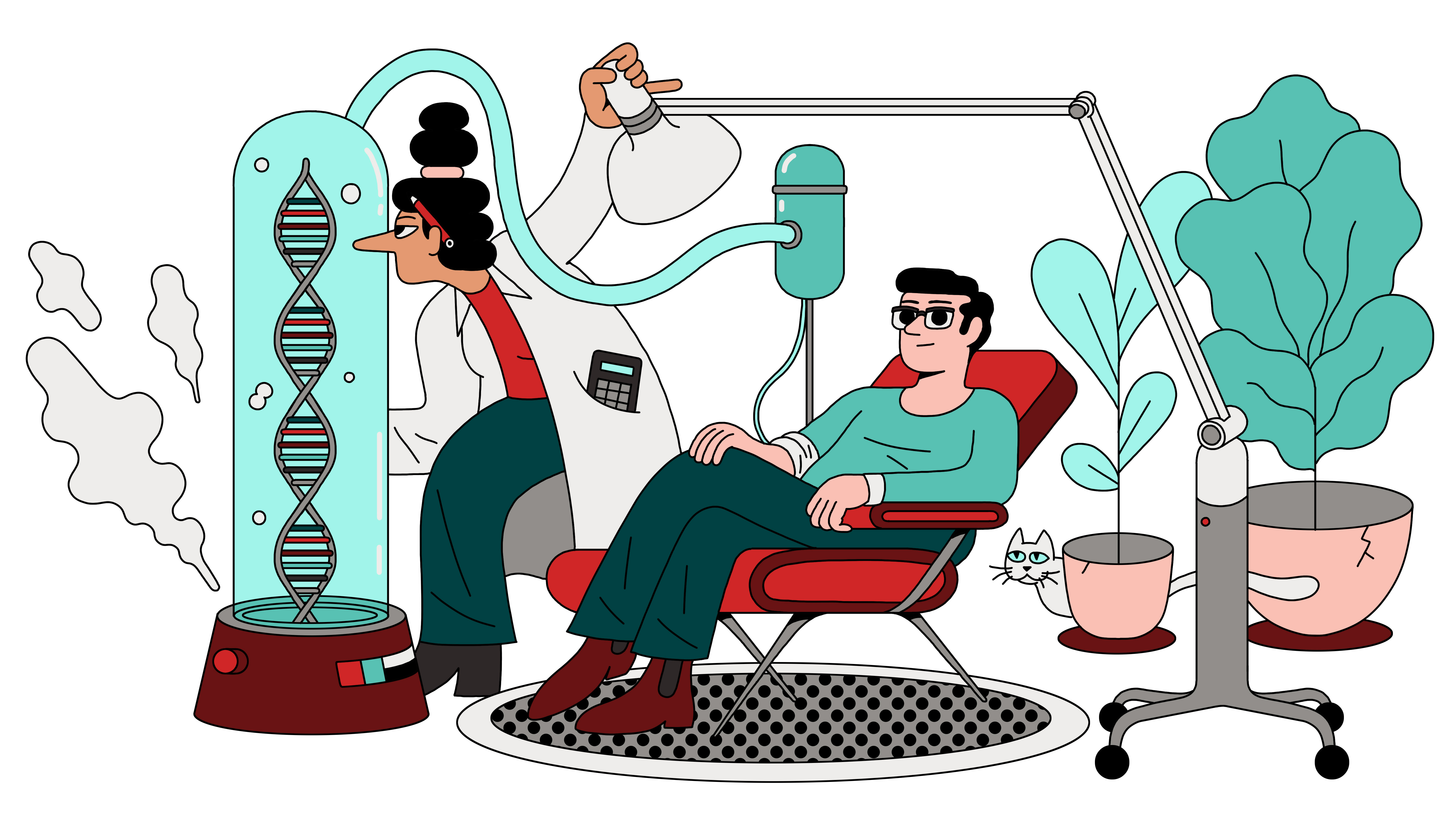The first gene-editing treatment: 10 Breakthrough Technologies 2024
Sickle-cell disease is the first illness to be beaten by CRISPR, but the new treatment comes with an expected price tag of $2 to $3 million.

WHO
CRISPR Therapeutics, Editas Medicine, Precision BioSciences, Vertex Pharmaceuticals
WHEN
Now
The first gene-editing cure has arrived. Grateful patients are calling it “life changing.”
It was only 11 years ago that scientists first developed the potent DNA-snipping technology called CRISPR. Now they’ve brought CRISPR out of the lab and into real medicine with a treatment that cures the symptoms of sickle-cell disease.
Sickle-cell is caused by inheriting two bad copies of one of the genes that make hemoglobin. Symptoms include bouts of intense pain, and life expectancy with the disease is just 53 years. It affects 1 in 4,000 people in the US, nearly all of them African-American.
So how did this disease become CRISPR’s first success? A fortuitous fact of biology is part of the answer. Our bodies harbor another way to make hemoglobin that turns off when we’re born. Researchers found that a simple DNA edit to cells from the bone marrow could turn it back on.
Many CRISPR treatments are in trials, but in 2022, Vertex Pharmaceuticals, based in Boston, was first to bring one to regulators for approval. That treatment was for sickle-cell. After their bone marrow was edited, nearly all the patients who volunteered in the trial were pain free.
Good news. But the expected price tag of the gene-editing treatment is $2 to $3 million. And Vertex has no immediate plans to offer it in Africa—where sickle-cell disease is most common, and where it still kills children.
The company says this is because the treatment regimen is so complex. It involves a hospital stay; doctors remove the bone marrow, edit the cells, and then transplant them back. In countries that still struggle to cover basic health needs, the procedure remains too demanding. So simpler, cheaper ways to deliver CRISPR could come next.
Deep Dive
Biotechnology and health
Gene editing had a banner year in 2023
This year, gene editing finally started living up to its potential
The lucky break behind the first CRISPR treatment
Gene editing for sickle-cell is here. This is how researchers knew what DNA to change.
Scientists are finding signals of long covid in blood. They could lead to new treatments.
Faults in a certain part of the immune system might be at the root of some long covid cases, new research suggests.
Medical microrobots that can travel inside your body are (still) on their way
Microrobots released into the body could bust up clots, deliver cancer drugs, and even guide listless sperm to their target.
Stay connected
Get the latest updates from
MIT Technology Review
Discover special offers, top stories, upcoming events, and more.